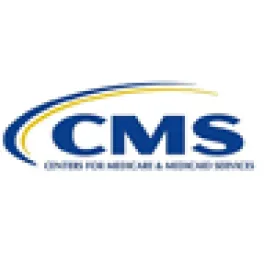As the public health emergency from the COVID-19 pandemic eases and some states begin to open the economy, physician practices and other health care services will begin to prepare to welcome their patients back to their offices to provide non-COVID-19 health care services. In anticipation of the re-opening, the Centers for Medicare and Medicaid Services (CMS) has issued updated guidance for healthcare providers previously restricted from providing non-essential healthcare as reopen and transition to in-person care for non-emergent, non-COVID-19 conditions.
Generally, CMS recommends that providers evaluate their access to and availability of PPE, availability of their workforce, facility readiness, and COVID-19 testing capacity as they strive to protect patients’ safety as they resume the provision of non-essential health care services once state or local restrictions are lifted (referred to herein as the Gating Criteria). Healthcare providers should consider the following key factors as they begin to reopen to the general public to minimize the risk of contagion and assure patients and staff are safe and comfortable while seeking care at the office.
-
Telehealth: Is the practice prepared to provide services through telehealth modalities? Even as the pandemic slows and the economy begins to open, the CMS waivers expanding the authorized use of telehealth remain in effect, permitting practices to offer non-COVID-19 services through telehealth. CMS continues to strongly encourage use of telehealth modalities whenever possible, even as providers resume in-person care and services, to minimize unnecessary possibility of exposure and maximize patient and staff safety.
-
Operational preparedness: Consider triage protocols to determine which patients may or should be seen in person in the office. How many appointments will be scheduled? Continue to operate with waiting rooms, adopt “wait in vehicles” mandates, or bring patients directly to examination rooms? Do waiting rooms need to be re-configured to accommodate social-distancing mandates?
-
Outward-facing protocols: What do patients need to know before they arrive or as a condition of arriving at your office? For instance, will patients be required to take their temperature before arriving for appointments, be COVID-19 symptom-free, wear masks or other PPE upon arrival, or be permitted to bring someone with them?
-
Informed Consent: Although informed consent typically addresses the risks and benefits of a particular treatment or procedure for a medical condition, the COVID-19 pandemic introduces additional risks of seeking that treatment or procedure that are unrelated to the patient’s underlying condition, the procedure, or the treatment therefor. Should informed consent forms include the risk of exposure to COVID-19 as a risk of the treatment or procedure sought for a non-COVID-19 condition where the risk is realized only if the patient seeks in-person care? As the pandemic slows and the declarations of emergency abate, consider your informed consent processes. Will you require patients seeking non-COVID care and treatment to sign a consent for treatment that includes the risk of COVID-19 contagion?
-
Workforce: Consider whether and how employees should be tested for COVID-19 before returning to work or be temperature-checked daily prior to arriving at work. Establish protocols precluding employees with symptoms from reporting to the workplace.
-
Environment of care. Healthcare providers must assure robust protocols for cleaning and disinfecting examination and procedure rooms, equipment, and common areas to assure patient and staff safety. Are there sufficient environmental services staff duly qualified, trained, and available?
-
Surge capacity. Even as the pandemic eases and Gating Criteria are met, as long as no effective vaccine or treatment is available, the risk of capacity surges remains. Healthcare providers need to assure that their supplies of PPE, medication, equipment, and other relevant office supplies remain adequate if there is a need to respond to a potential surge.
Finally, even as in-person health care services become available to the public, healthcare providers are encouraged to develop contingency plans to address further disruptions to non-essential services should the public health emergency needs re-emerge.






 />i
/>i
